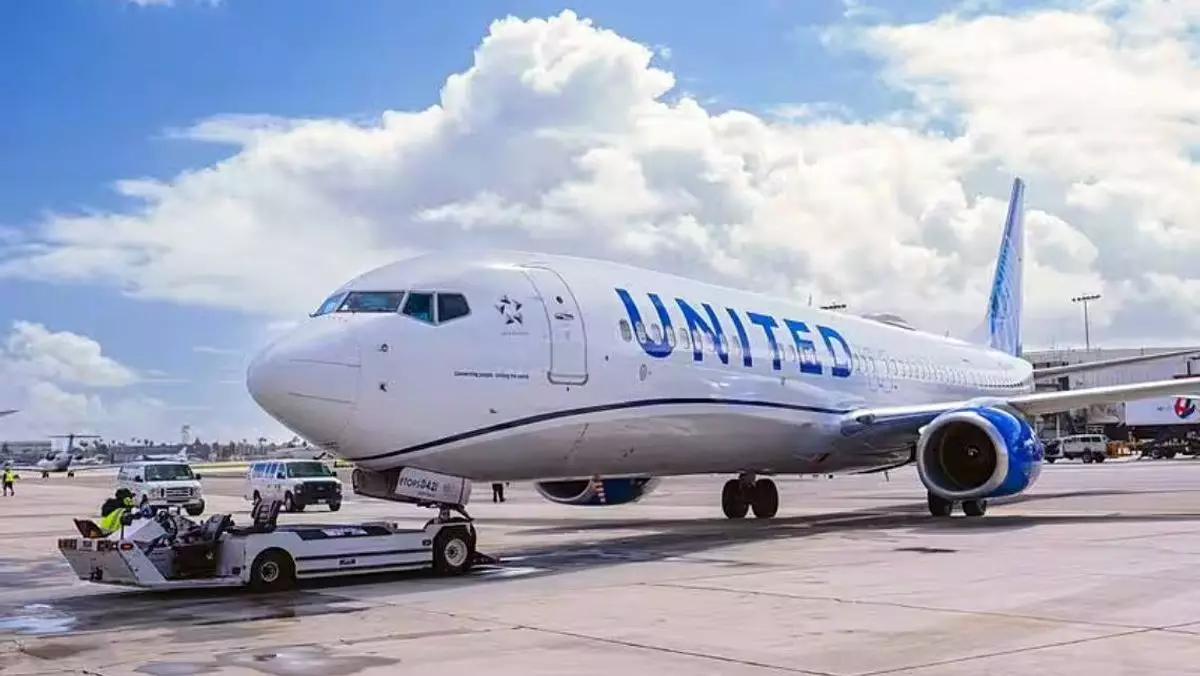In recent months, United Airlines has faced significant hurdles stemming from operational failures at Newark Liberty International Airport. The chaos caused by construction disruptions and weaknesses in air traffic control systems hammered the airline’s performance, especially during late April and May. These issues led to a sharp decline in Newark’s on-time arrival rates and an increase in cancellations, blighting the airport’s reputation and subsequently dragging down United’s overall profitability.
This episode underscores how sensitive airline operations are to local infrastructural and management challenges. When Newark struggled, United’s load factors—an important metric indicating the percentage of seats filled—dropped by as much as 15%. The ripple effect was felt across its network, diminishing profit margins by roughly 1.2 percentage points during the second quarter. Such figures reaffirm the critical importance of reliable ground and traffic control systems for maintaining airline reliability and corporate earnings.
Remarkably, the airline and airport authority’s agile response began to bear fruit within a matter of weeks. Once the construction on a key Newark runway was completed in early June and improved air traffic management measures took effect, United’s fortunes at Newark changed dramatically. These improvements not only restored confidence among travelers but also allowed the airline to ramp up scheduled flights from 290 to 380 daily departures within a few weeks. This rapid recovery exemplifies the importance of resilience and swift operational adjustments in the aviation industry.
A Promising Turnaround and Strategic Optimism
The most telling indicator of Newark’s revitalization is in the recent booking patterns. Where operational stress had scared away passengers earlier, the flow of reservations has rebounded to pre-issue levels. United’s leadership is optimistic that the airport’s turnaround signals a broader recovery trajectory in the near future. Chief Operating Officer Toby Enqvist confidently stated that Newark is “running better than ever,” a strong statement reflecting confidence in the airport’s operational integrity.
Furthermore, June’s data paints an optimistic picture: Newark led major New York-area airports in both on-time arrivals and cancellations, outperforming JFK and LaGuardia. The airport’s 74.2% on-time rate was superior, and its 2.1% cancellation rate was among the best in the region, illustrating operational improvements that benefit both passengers and the airline’s bottom line. United’s ability to increase capacity while maintaining performance levels speaks volumes about their strategic adaptability.
This resurgence at Newark appears to be more than a temporary rebound. It signifies a resilient infrastructure and adaptive management capable of overcoming initial setbacks. As United projects into the upcoming quarter, it anticipates only a modest 1 percentage point decrease in profit margins attributable to Newark—a far cry from the disruptions earlier in the year. Such resilience indicates that the airline is not merely bouncing back but actively advancing with a more robust operational foundation.
Financial Results and Strategic Confidence Amid External Uncertainties
Despite the recent turbulence, United Airlines demonstrated considerable financial resilience in the second quarter. Revenue hit $15.2 billion, reflecting a modest year-over-year increase of 1.7%. However, costs rose more sharply, climbing 6.5%, driven by a 5.9% expansion in capacity. The net income of nearly $1 billion was a 26% decline from the same period last year, showcasing the lingering impact of operational hiccups and fluctuating market conditions.
Yet, internal dynamics paint a more optimistic picture. July’s sales are already up 6% compared to Q2 figures, with notable gains in business travel—a segment crucial for the airline’s future profitability. United’s leadership attributes this to increased geopolitical stability and clearer U.S. policy signals, which have bolstered customer confidence and business certainty.
CEO Scott Kirby’s outlook remains optimistic. He emphasizes that despite ongoing international tariff and policy issues, the company is adapting and positioning itself for continued growth. This confidence suggests that United sees the Newark turnaround as a microcosm of its broader strategic resilience—adapting swiftly, leveraging new opportunities, and moving forward with a positive outlook.
It’s essential, however, to scrutinize the long-term implications beyond the short-term bounce-back. While operational recoveries at Newark are promising, the airline must ensure these improvements are sustainable in the face of evolving geopolitical and economic headwinds. Only then can United truly unlock the full potential of its recovery efforts and establish a trajectory of robust, consistent growth.


Leave a Reply